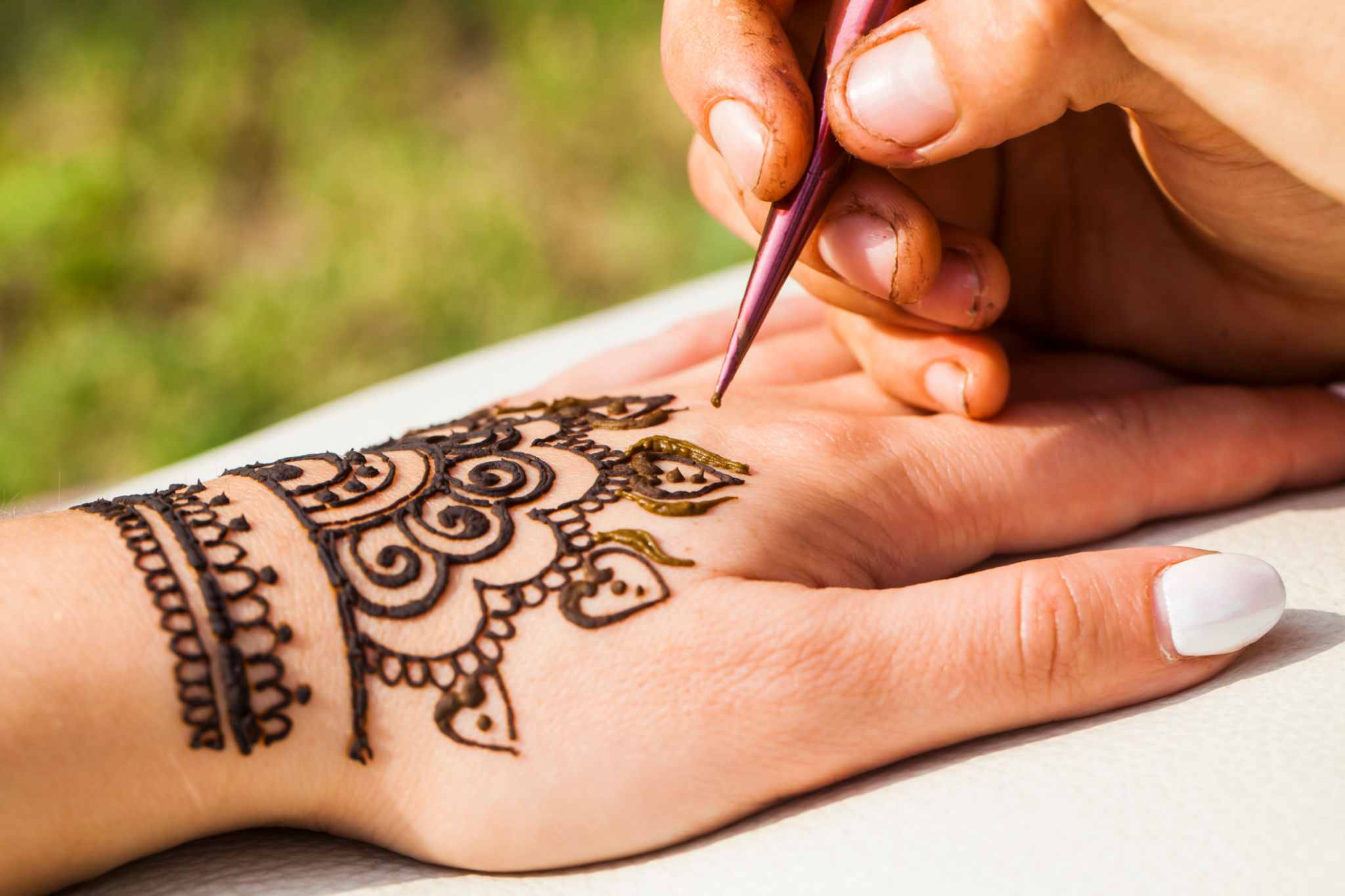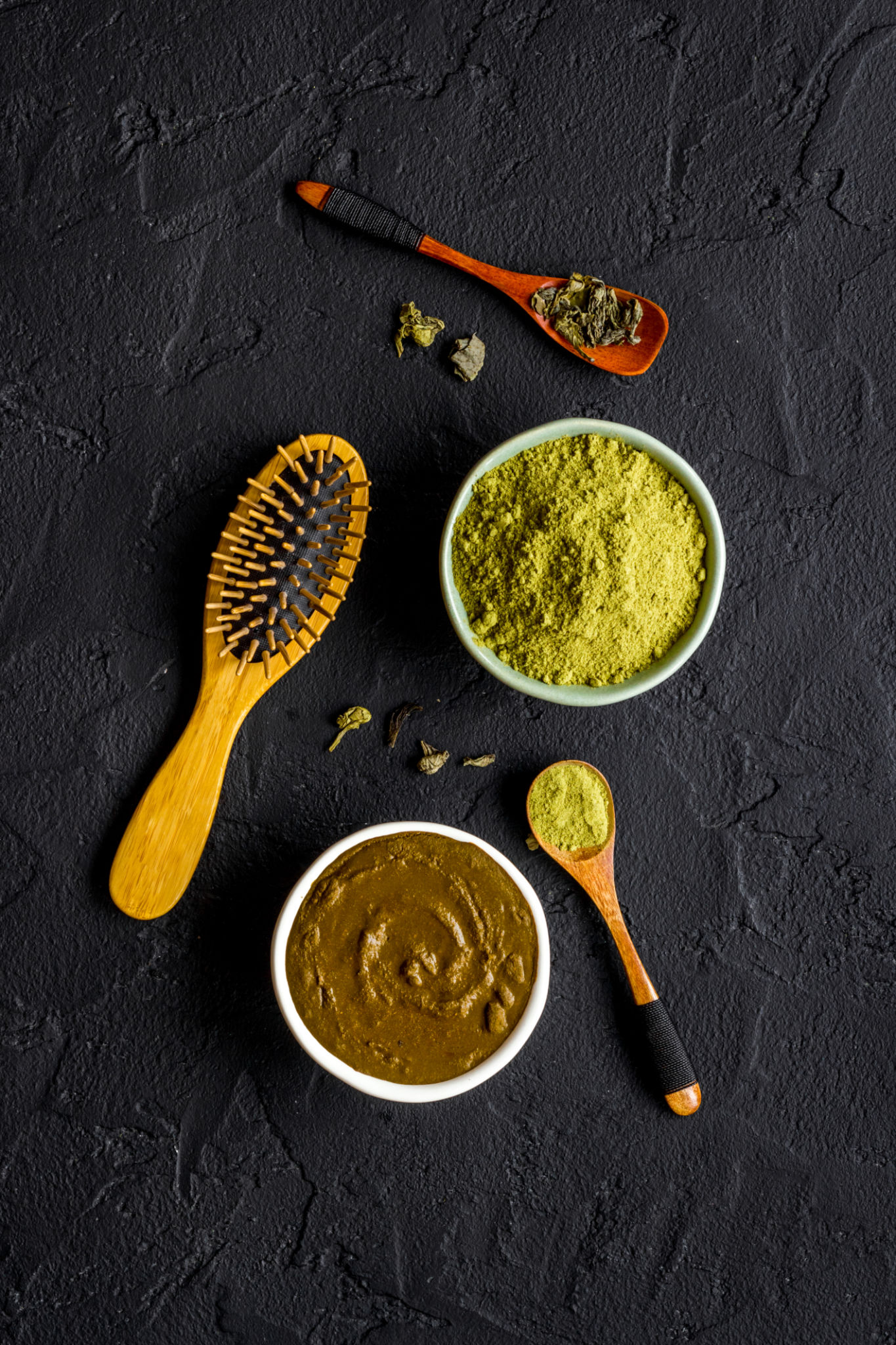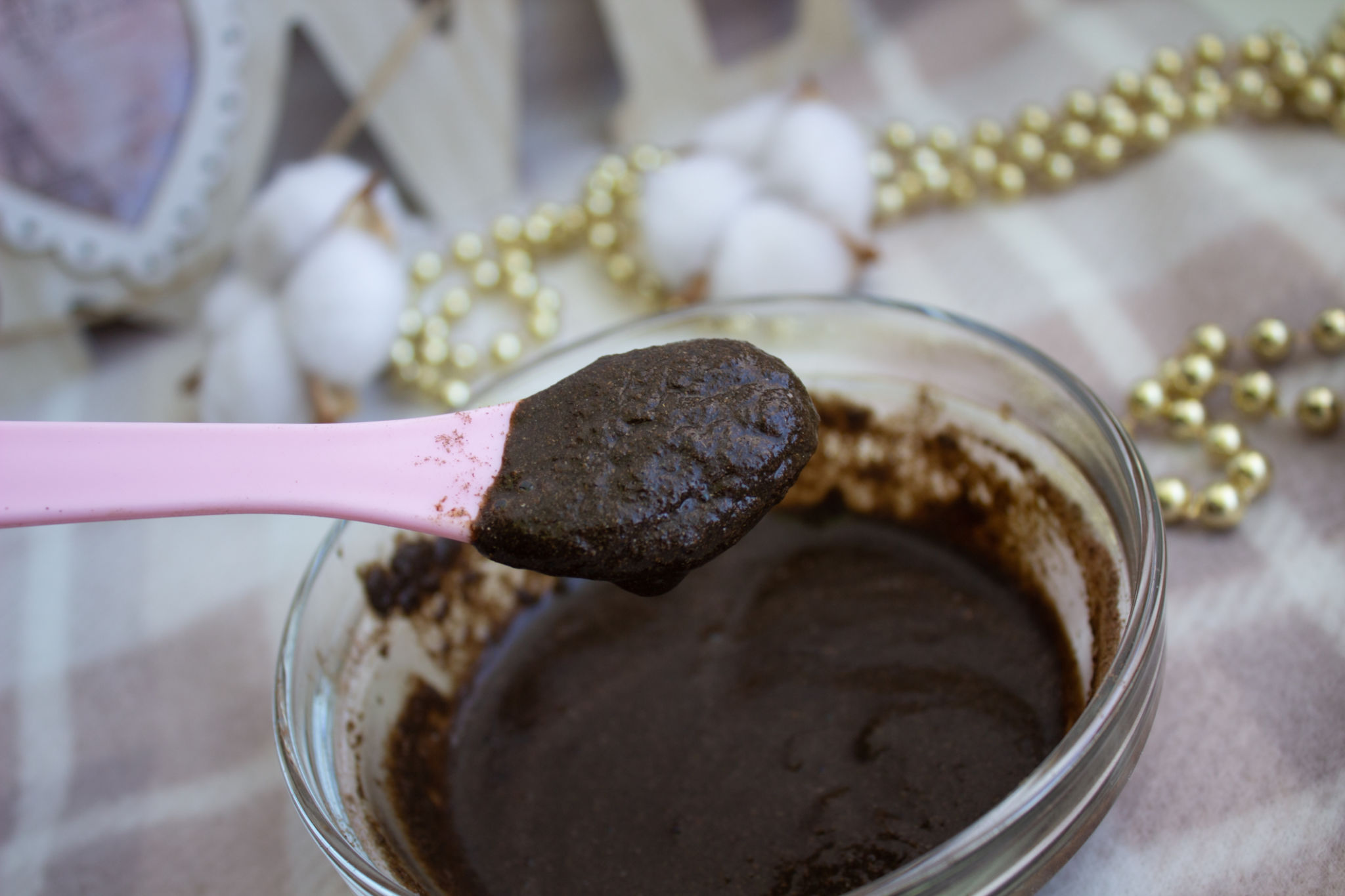The Art of Organic Henna: A Comprehensive Guide for Beginners
Introduction to Organic Henna
The ancient art of henna has been practiced for thousands of years across cultures, primarily in parts of Africa, the Middle East, and South Asia. Known for its deep color and intricate designs, henna is not just a temporary tattoo but a symbol of celebration and beauty. For beginners interested in exploring this art form, understanding the essence of organic henna is crucial.

What is Organic Henna?
Organic henna is derived from the leaves of the henna plant, scientifically known as Lawsonia inermis. Unlike synthetic versions, organic henna is free from harmful chemicals, making it a safer option for skin application. Its natural properties ensure that the color develops over time, offering a rich, earthy tone that is both beautiful and long-lasting.
The Benefits of Using Organic Henna
Choosing organic henna over commercial alternatives brings several advantages. Firstly, it is free from additives and preservatives that can cause skin irritation. Secondly, its natural composition is environmentally friendly. Lastly, organic henna offers a deeper and more authentic color, enhancing the beauty of traditional designs.

Materials Needed for Henna Application
Before you begin your henna journey, gather the essential materials. Here's a list to get you started:
- Organic henna powder
- Lemon juice or tea (for mixing)
- Sugar (optional, for consistency)
- Essential oils (such as eucalyptus or lavender for aroma and color enhancement)
- Application cones or brushes
Preparing Your Henna Paste
Creating the perfect henna paste requires patience and precision. Start by sifting the henna powder to remove any lumps. Mix it with lemon juice or tea until it reaches a smooth consistency. Add sugar and essential oils to enhance the paste's texture and smell. Allow the mixture to rest for 6-12 hours to ensure the dye releases properly.

Application Techniques for Beginners
For beginners, mastering application techniques can seem daunting, but practice makes perfect. When applying, hold the cone or brush like a pencil for better control. Begin with simple designs before gradually moving on to more intricate patterns. Always test your design on paper before applying it to the skin.
Caring for Your Henna Design
After application, it's important to care for your henna to ensure it lasts as long as possible. Keep the paste on your skin for at least 4-6 hours or overnight if possible. Scrape off the dried paste without washing with water. To deepen the color, apply a mixture of sugar and lemon juice on the design as it dries.

Conclusion
The art of organic henna is both a rewarding and enriching experience. By understanding its origins, benefits, and application techniques, beginners can embrace this beautiful tradition with confidence. Whether used for personal expression or cultural celebration, organic henna continues to captivate with its timeless allure.